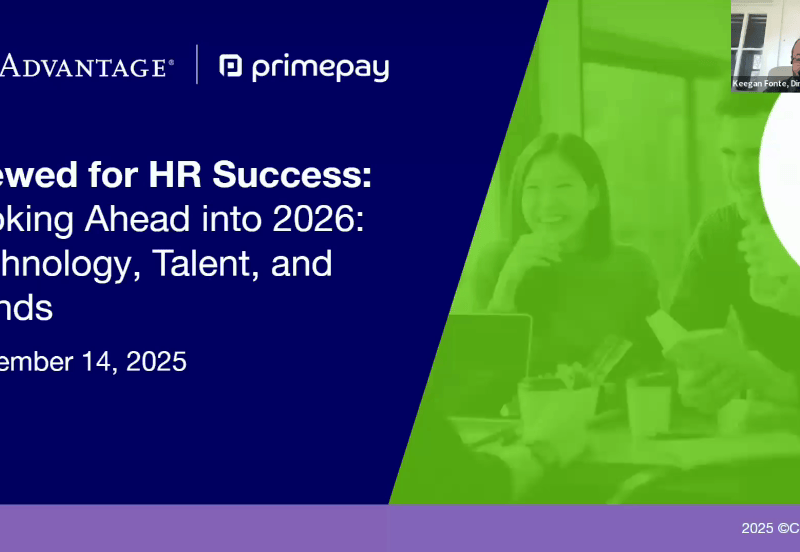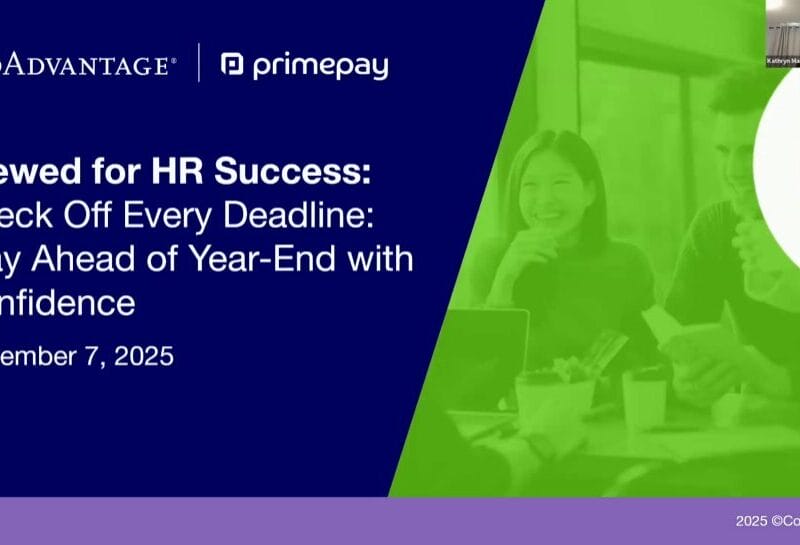Only 12% of employees believe their company did a great job with their onboarding. That’s an issue for organizations, especially since negative onboarding experiences quickly lead to high turnover rates.
And since we know that voluntary turnover costs a lot (one trillion dollars in 2019!), it’s imperative to create a welcoming and engaging new hire process.
One way to do is is building or improving your preboarding strategy, which helps ensure new employees are ready to hit the ground running from day one.
What is Preboarding?
The preboarding stage begins when a candidate accepts a job offer and continues until their first day at work. This critical process includes activities designed to familiarize new hires with the company and handle any necessary paperwork, setting the tone for their entire employee journey.
Unlike onboarding, which integrates employees into daily operations and company culture, the preboarding stage is the initial touchpoint and early engagement that reinforces a new hire’s decision to join.
Christina Kroll, Customer Success and Onboarding Specialist, believes preboarding is a smart way to begin onboarding. She explains, “By sending information and materials in advance, you can set new hires up for success and ease their transition into the company.”
Together, the preboarding and onboarding processes create a seamless transition for new employees and lay a solid foundation for their future within the company.
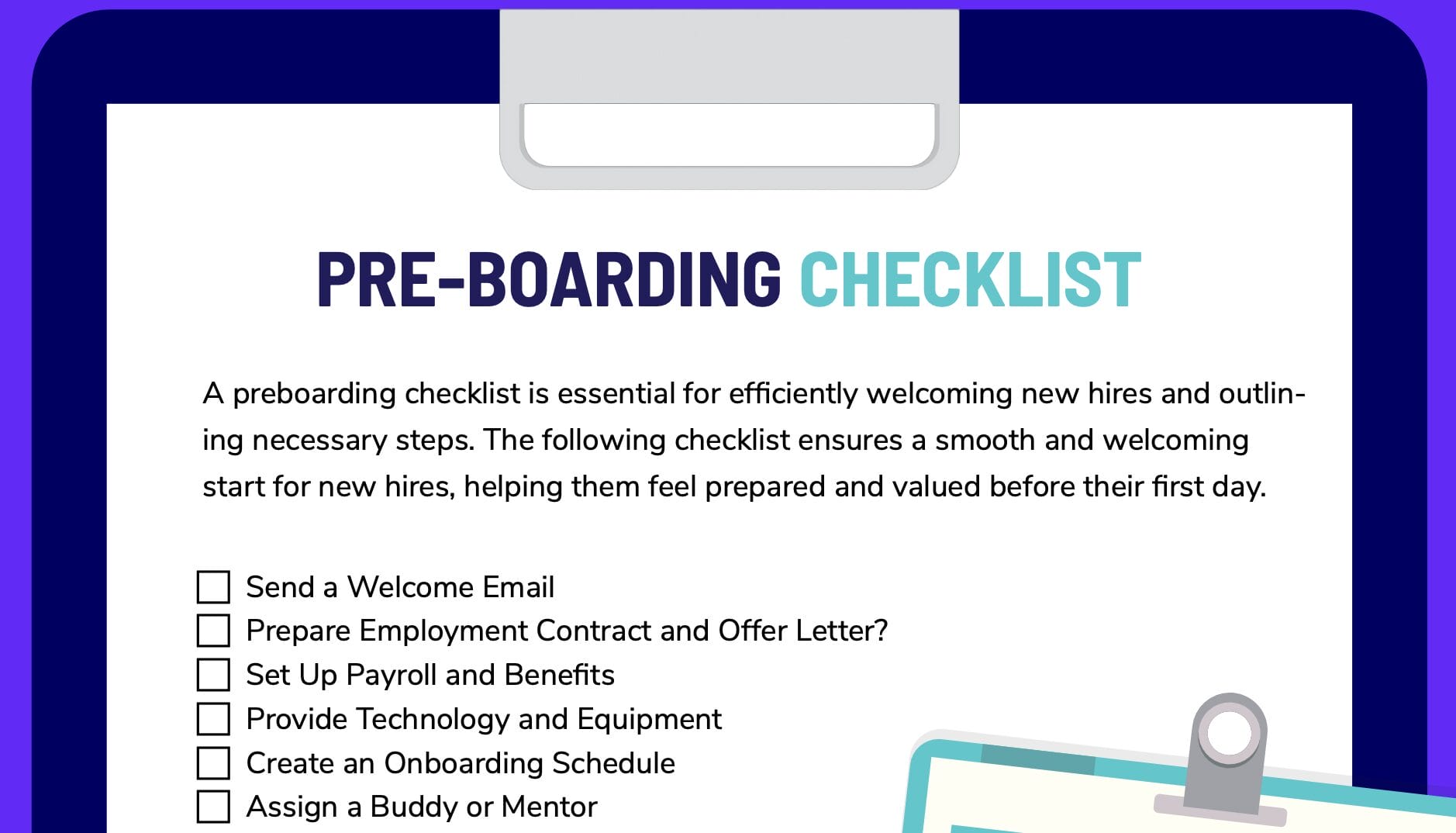
Download our comprehensive Preboarding Checklist to ensure you’re completing all necessary (and nice-to-have) steps.
Benefits of Preboarding for New Hires
Preboarding has many benefits and establishes a positive first impression of your company.
A well-structured preboarding program can:
- Build a strong foundation for their employee journey
- Make new team members feel valued and prepared
- Help candidates feel secure in their decision to join the organization
- Mitigate any uncertainty they might feel before their first day
It can also help with HR metrics you likely track, such as turnover and engagement.
Reducing New Hire Turnover
Preboarding can significantly reduce the likelihood of new hire turnover by fostering emotional connections and maintaining consistent communication. When new hires receive a welcome email or introductory materials, it signals that the company cares about them, which can build loyalty and encourage them to stay. In fact, research shows when early quality programming is in place, there’s an 82% improvement in new hire retention.
Note that a strong company culture is also pivotal in new hire retention. Companies with a positive culture experience significantly lower turnover rates than those with a poor culture—13.9% versus 48.4%, respectively. By integrating preboarding practices that highlight and promote company culture, new hires are likelier to feel a sense of belonging and commitment from the start.
Enhancing Employee Engagement
Communication during preboarding goes beyond automated emails, although that’s important too. HR teams can help people feel prepared for their first day by answering questions and equipping them with the technology they need. This kind of information sharing has clear results: it’s been shown to increase productivity by over 70%.
Engaging new hires before their start date can also boost morale and create a sense of belonging. This early engagement helps new hires feel more connected to the company and their future colleagues, setting a positive tone for their upcoming employee journey.
7 Best Practices of an Effective Preboarding Process
A successful preboarding process involves several key actions that help new hires feel welcomed, informed, and prepared for their roles. Below are seven practices to incorporate into your preboarding process for a stronger and more successful program.
1. Send Welcome and Introduction Emails
Personalized welcome emails foster positive connections with new hires before their start date. These emails should include essential information such as a personalized welcome, an outline of the first week, and access to orientation modules. Clear instructions for completing checklist items should also be provided to ensure a smooth transition.
Introduction emails are equally important. They inform coworkers about the new hire’s arrival and help new hires build rapport with their colleagues. A second introduction email can be sent to introduce new hires to their team, facilitating smoother integration.
Tip: In your email to the team, include the new hire’s LinkedIn profile and encourage everyone to connect. This small gesture not only makes new employees feel welcome but also helps them put faces to names and feel more comfortable on the first day.
2. Grant Early Access to Company Resources
New hires appreciate early access to company resources. Consider including employee handbooks, benefits information, and the company calendar in your welcome email cadence. This strategy helps new employees familiarize themselves with the company culture and policies, ensuring a smoother transition once they start.
It’s also best practice to send technology to remote employees the week before their first day so they can sign in and set up their workspace before day one, if they choose.
3. Complete Administrative Tasks
Before technology, most employees’ first days consisted of filling out and signing paper after paper. Luckily, most administrative paperwork can now be completed digitally.
Preboarding typically covers tax forms, health declarations, and insurance paperwork. Utilizing software – like those for benefits administration and self-service portals – can reduce administrative burdens on HR departments and enhance efficiency by automating routine tasks.
The result? The new hire can focus on on-the-job training on their first day.

With a few clicks, HR teams can launch the benefits portal for new hires and monitor their completion.
4. Implement a Buddy System
A buddy program involves pairing a seasoned employee with a new hire. Note that the seasoned employee isn’t the new hire’s supervisor and is ideally on a different team. That part is important, since new employees may feel more comfortable asking questions to someone other than their boss.
Besides creating a welcoming atmosphere for the new employee, buddy systems foster a smooth integration into the organization by:
- Providing a person for immediate support and answering questions
- Assisting new hires with cultural adjustment
- Creating an environment of confidentiality and encouragement
- Eliminating uncertainties about procedures
Tip: Before asking for volunteers to be buddies, make sure you have documented your buddy roles, responsibilities, and expectations so everyone is on the same page.
5. Map Out Training
Before their first day, gather all the necessary resources needed by the new employee to get up to speed. It’s important to curate these materials in a way that is easy to follow, starting with basic company information and gradually moving into more complex tasks and responsibilities. Providing a clear structure will help the new hire navigate their learning journey without feeling overwhelmed.
In addition to compiling these resources, ensure the new hire knows how to access them. Whether the materials are hosted on an internal server, a learning management platform, or shared via a cloud-based system, providing clear instructions on where and how to find these resources is essential.
Consider setting up an introductory meeting with the training team or the new hire’s manager to walk them through the available materials and answer any initial questions. This proactive approach helps the new hire feel more confident and sets the stage for a smoother onboarding experience, reducing the learning curve and helping them contribute to the team more quickly.
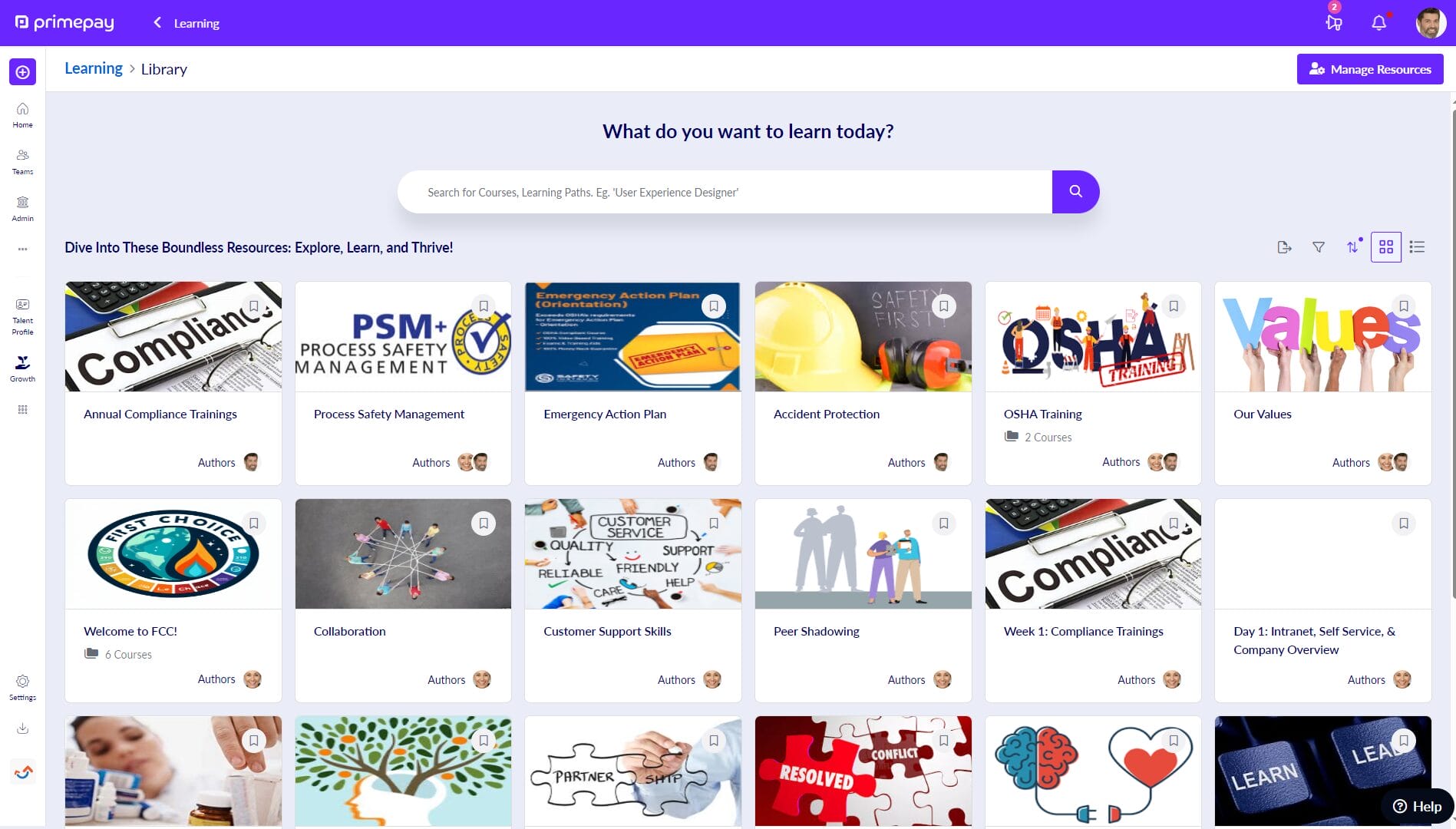
Assign specific courses and tasks for new hires to maintain compliance and prepare them for their role.
6. Schedule Informal Events
Informal social events help establish rapport and significantly improve new hires’ first-day experience. Hosting these events allows new hires to build relationships with their future colleagues, easing their transition into the company culture.
In addition to traditional meet-and-greets, consider incorporating a variety of informal meetings to make new hires feel welcomed and engaged. Virtual coffee breaks, team-building activities, and casual lunch outings can create a relaxed environment that encourages open communication and camaraderie. These informal settings provide an opportunity for new hires to ask questions, learn more about the company culture, and understand team dynamics in a more personal and less formal context.
Consider involving senior leadership in these events to further enhance the experience and demonstrate the company’s commitment to its new employees. When new hires see that leaders are approachable and invested in their success, it can significantly boost their confidence and motivation.
7. Ship a Welcome Package
A welcome package can enhance new hires’ early engagement during the preboarding phase. Branded items like T-shirts, hats, water bottles, pens, mugs, and drink cozies enhance new employees’ sense of belonging.
These branded swag items are excellent additions to a welcome package, making new hires feel valued and more connected to the company.
Tip: Allow employees to opt out of swag items. For example, a new teammate may not want a branded polo; knowing so will save you money and reduce waste.
Digitize Your Preboarding Process
To ensure a positive start for new hires, effective preboarding strategies that create a welcoming and supportive environment from the beginning are essential.
Luckily, HCM software helps streamline the preboarding and onboarding process with automated workflows. Using online solutions reduces errors and saves time. Specifically, a study by CareerBuilder found that automation in this stage of the employee lifecycle saved HR leaders roughly 14 hours of work.
By investing in software and optimizing their preboarding process, companies can reduce new hire turnover, enhance employee engagement, and improve overall retention, ultimately setting the stage for a successful and fulfilling employee journey.
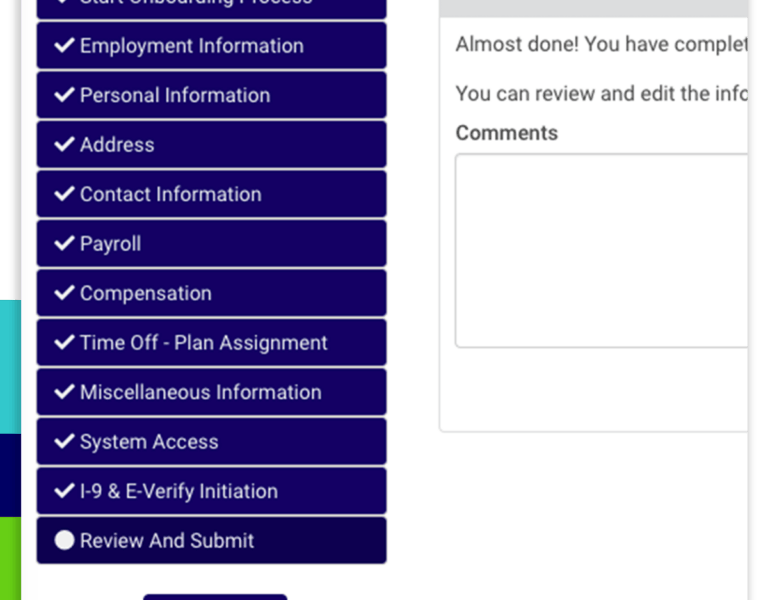
Run most of your preboarding and onboarding tasks within your HCM for a smoother process – for you and the new employee.
Frequently Asked Questions
What is preboarding?
Preboarding is the period that begins once a new hire accepts a job offer and lasts until their first day, involving activities to acclimate them to the company and complete essential paperwork. It’s crucial for ensuring a smooth transition into the workplace.
How does preboarding differ from onboarding?
Preboarding involves engaging and preparing new hires before their official start date, while onboarding is the process of integrating them into the company once they begin work. This distinction is crucial for fostering a smooth transition into the organization.
Why is preboarding important?
Preboarding is essential as it reduces new hire anxiety and enhances engagement, positively influencing retention and productivity. By creating a welcoming environment, organizations set the stage for a successful employment experience.
What should be included in a preboarding checklist?
A comprehensive preboarding checklist should include essential documentation, account setups, workstation preparation, onboarding programs, training materials, company handbooks, welcome emails, and scheduled meetings or events. This ensures a smooth transition for new hires and helps them feel welcomed and prepared.
How can technology improve the preboarding process?
Technology can significantly enhance preboarding by automating administrative tasks and improving engagement through digital document management and microlearning. This leads to a more efficient and interactive experience for new hires.
Grab Our Preboarding Checklist
A preboarding checklist is essential for efficiently welcoming new hires and outlining necessary steps. A comprehensive one should include everything from setting up email accounts to assigning training materials and scheduling meet-and-greets. The following checklist ensures a smooth and welcoming start for new hires, helping them feel prepared and valued before their first day.





